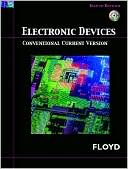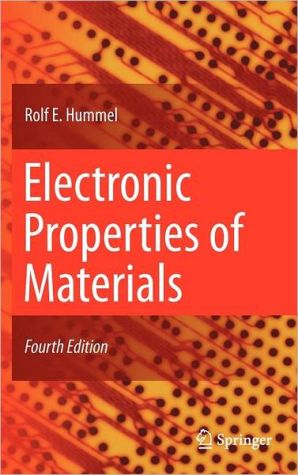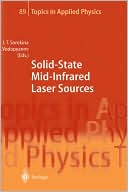Solid State Physics: An Introduction
Search in google:
Filling a gap in the literature for a brief course in solid sate physics, this is a clear and concise introduction that not only describes all the basic phenomena and concepts, but also discusses such advanced issues as magnetism and superconductivity. This textbook assumes only basic mathematical knowledge on the part of the reader and includes more than 100 discussion questions and some 70 problems with solutions as well as further supplementary material available for free to lecturers from the Wiley-VCH website. From the Contents:Chemical Bonding in SolidsCrystal StructuresMechanical PropertiesThermal Properties of the LatticeElectronic Properties of Metals: Classical ApproachElectronic Properties of Metals: Quantum Mechanical ApproachSemiconductorsMagnetismDielectricsSuperconductivityFinite Solids and Nanostructures
Preface. 1. Chemical Bonding in Solids. 1.1 Attractive and Repulsive Forces. 1.2 Ionic Bonding. 1.3 Covalent Bonding. 1.4 Metallic Bonding. 1.5 Hydrogen Bonding. 1.6 van der Waals Bonding. 1.7 Discussion and Problems. 2. Crystal Structures. 2.1 General Description of Crystal Structures. 2.2 Some Important Crystal Structures. 2.3 Crystal Structure Determination. 2.4 Discussion and Problems. 3. Mechanical Properties. 3.1 Elastic Deformation. 3.2 Plastic Deformation. 3.3 Discussion and Problems. 4. Thermal Properties of the Lattice. 4.1 Lattice Vibrations. 4.2 Heat Capacity of the Lattice. 4.3 Thermal Conductivity. 4.4 Thermal Expansion. 4.5 Allotropic Phase Transitions and Melting. 4.6 Discussion and Problems. 5. Electronic Properties of Metals: Classical Approach. 5.1 Basic Assumptions of the Drude Model. 5.2 Results from the Drude Model. 5.3 Shortcomings of the Drude Model. 5.4 Discussion and Problems. 6. Electronic Properties of Metals: Quantum Mechanical Approach. 6.1 The Idea of Energy Bands. 6.2 Free Electron Model. 6.3 The General Form of the Electronic States. 6.4 Nearly Free Electron Model. 6.5 Energy Bands in Real Solids. 6.6 Transport Properties. 6.7 Brief Review of Some Key Ideas. 6.8 Discussion and Problems. 7. Semiconductors. 7.1 Intrinsic Semiconductors. 7.2 Doped Semiconductors. 7.3 Conductivity of Semiconductors. 7.4 Semiconductor Devices. 7.5 Discussion and Problems. 8. Magnetism. 8.1 Macroscopic Description. 8.2 Magnetic Effects in Atoms. 8.3 Weak Magnetism in Solids. 8.4 Magnetic Ordering. 8.5 Discussion and Problems. 9. Dielectrics. 9.1 Macroscopic Description. 9.2 Microscopic Polarization. 9.3 The Local Field. 9.4 Frequency Dependence of the Dielectric Constant. 9.5 Other Effects. 9.6 Discussion and Problems. 10. Superconductivity. 10.1 Basic Experimental Facts. 10.2 Some Theoretical Aspects. 10.3 Experimental Detection of the Gap. 10.4 Coherence of the Superconducting State. 10.5 Type I and Type II Superconductors. 10.6 High-Temperature Superconductivity. 10.7 Concluding Remarks. 10.8 Discussion and Problems. 11. Finite Solids and Nanostructures. 11.1 Quantum Confinement. 11.2 Surfaces and Interfaces. 11.3 Magnetism on the Nanoscale. 11.4 Discussion and Problems. Appendix. References. Further Reading. Physical Constants and Energy Equivalents. Index.








